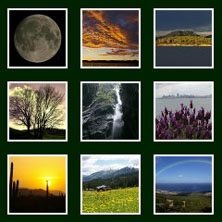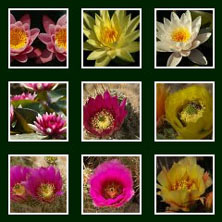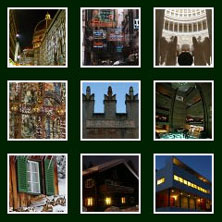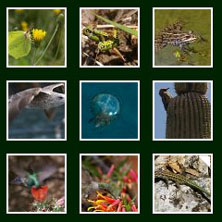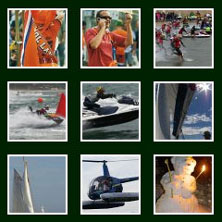Better ways to visit the villages are the train which is connecting all of them at least once per hour (one way ticket about € 1,50), the boat (watch for the sea condition, it is not running during high surf!) or hiking – all the villages are connected by a trail along the sea. For the hiking trail a admission fee has to be paid at one of the little booths, it’s about € 6 per day.
If you hike during the morning and noon you probably want to walk from east to west, the sun in the back gives a nicer light on the landscape. For the afternoon I recommend to hike from east towards west again with the sun in your back.
We stayed in Montorosso (the most north-westerly village) in a private apartment. We started our first hike on a late morning in Riomaggiore (the most south-easterly village) where we got to in about 15 minutes by train from Monterosso. The trail from Riomaggiore to Manarola is called the Via Dell'Amore ("Lovers Walk") and has an easy access at the train station, it is mostly concrete, totally flat and easily to walk for everybody even with a baby buggy. You need probably some 30 minutes to reach Manarola.
From Manarola to Corniglia the trail has some steps in, but it is pretty wide and there are no steep passages, this makes it another easy hike. After some 60 minutes you reach the train station of Corniglia. Walk along the train station and follow the signs to Corniglia. You will reach via a long stair where you have to climb close to 400 steps to get to Corniglia.
Knowing that the next leg to will take longer and will be steeper, we stopped hiking in Corniglia and took the train back to Monterosso.
On another day we started quite late at around 5:30pm from Monterosso towards Vernazza. This trail is totally different; it is narrow and steep, sometimes just wide enough for one person.
The trail leads to an elevation to more than 200 meters above the sea and is offering a great view back towards the bay of Monterosso. This part of the trail is by far less crowded as the convenient ones described earlier. You pass vineyards, olive trees and fruit gardens.

Olive trees with nets for the harvest. The nets are spread on the ground when the olive fruits are ripe.
After a little more than one hour the village of Vernazza is appearing below on the coast. The whole trail from Monterosso to Vernazza takes about 1.5 hours.
We spent the evening in Vernazza in one of the restaurants, so we had a chance to enjoy the wonderful atmosphere of this village; with the boats in the main street and the little harbour.
The last train after midnight brought us back in a few minutes to Monterosso.



























































